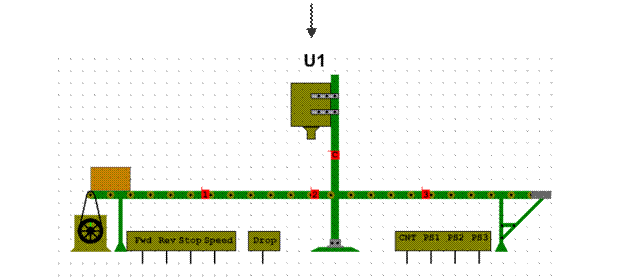Questions for Discussion
2. Why does lexical valency acquire special importance in case of polysemy? 3. What restricts the range of the lexical valency of words? 4. What are words habitually collocated in speech called? 5. What is grammatical valency? 6. What does the term 'syntactic structure (formula)' imply? 7. What does the term 'syntactic pattern' mean? 8. What kinds of word-groups can be singled out according to the syntactic pattern? 9. What classes of word-groups can be singled out according to the criterion of distribution? 10. What word-groups are called endocentric? 11. What word-groups are called exocentric? 12. What types of meaning can be singled out in word-groups? 13. What is the lexical meaning of the word-group? 14. What is the structural meaning of the word-group? 15. What is meant by the lexical motivation of a word-group? 16. In what cases is a word-combination considered to be lexically non-motivated?
17. What is a phraseological unit? 18. What does the structural similarity between word-groups and phraseological units consist in? Why are they opposed to words on the structural level? 19. What is the main difference between phraseological units and word-groups according to the structural criterion? What does the term 'structural invariability' imply? 20. What is the semantic difference between word-groups and phraseological units based on? 21. What role does a cultural component play in the semantic structure of phraseological units? 22. What do phraseological units and words have in common from the point of view of their semantics? 23. What makes phraseological units similar to words on the syntactic level? 24. What makes phraseological units similar to word-groups on the syntactic level? 25. What are the characteristic features of phraseological units? 26. What is meant by phraseological transference? 27. What does the transference based on simile mean? 28. What is the metaphoric transference? 29. What does the metonymical transference imply? 30. What is the transference based on synecdoche? 31. What are the ways of forming phraseological units (according A.V. Koonin)? 32. What types of phraseological units can be distinguished according to the degree of motivation? Characterize each type. 33. What types of phraseological units can be distinguished according to the structural classification of phraseological units suggested by A.I. Smirnitsky? 34. What groups of phraseological units can be distinguished according to the syntactic classification of phraseological units suggested by I.V. Arnold? 35. What types of phraseological units can be singled out from the point of view of their origin? 36. What are the main sources of origin of native phraseological units? 37. What are the main sources of origin of borrowed phraseological units?
|




